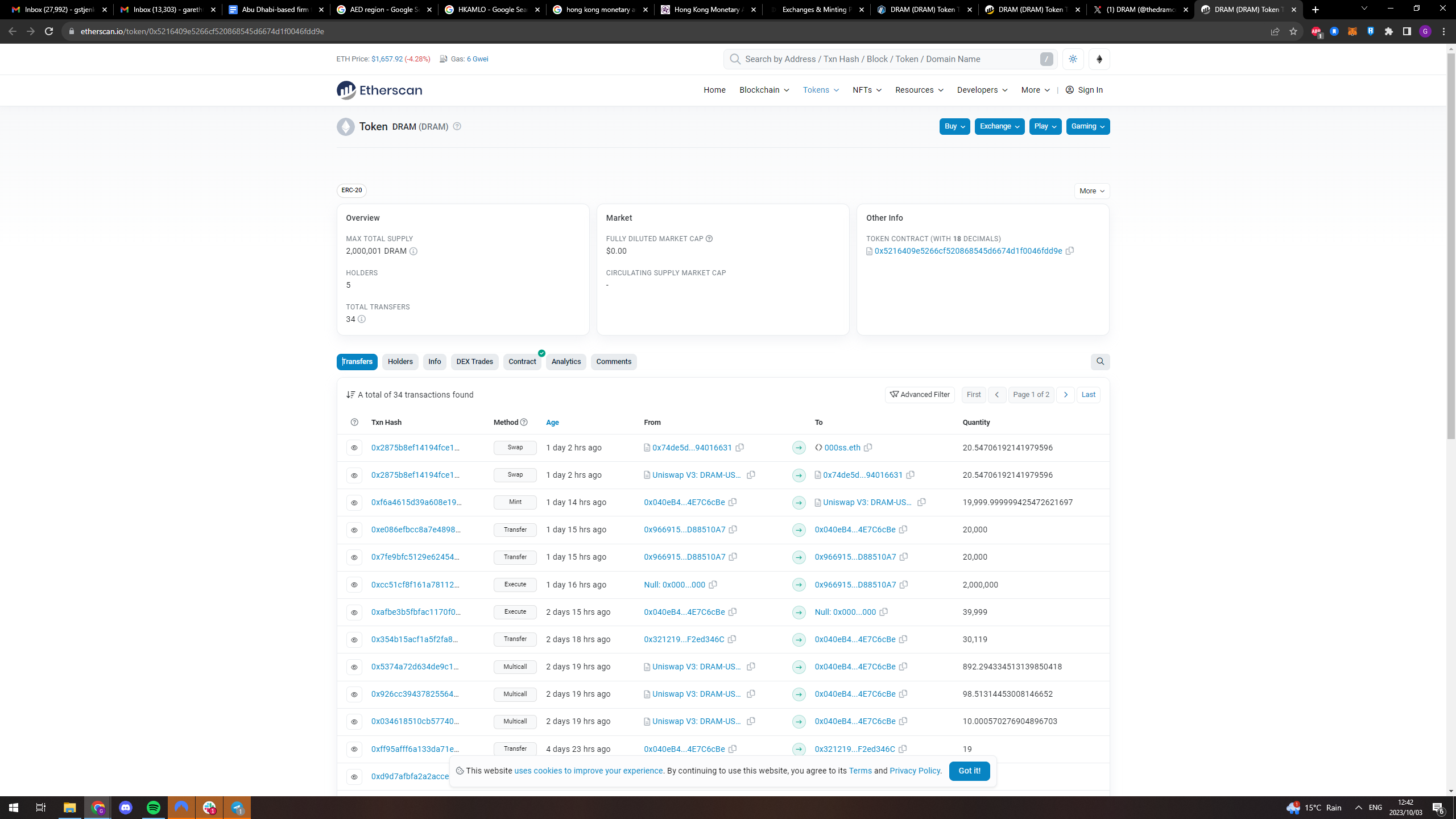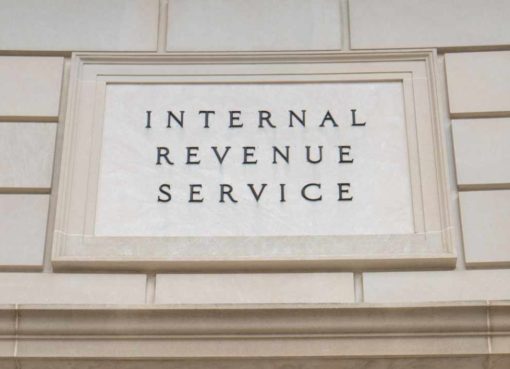A former MIT alumnus and SoftBank executive has launched a Dirham-backed stablecoin that aims to give countries plagued by high inflation environments exposure to assets linked to the United Arab Emirates’ native currency.
Cointelegraph reached out to Akshay Naheta, founder and CEO of Distributed Technologies Research (DTR) following the announcement of DRAM stablecoin that was listed on Decentralized Finance protocols Uniswap and PancakeSwap on Oct. 3.
The Abu Dhabi based- company has been developing the technology for a Dirham-backed stablecoin since Oct. 2022. Naheta has essentially rebooted DTR in the jurisdiction, which he had helped co-found in Switzerland in 2019.
DRAM is an Ethereum ERC-20 token that is issued by DRAM Trust. The organization is a Hong Kong law governed trust while an independent trustee responsible for approving token mints and burns is reportedly licensed and regulated under the Hong Kong Monetary Authority.
As it stands, DTR cannot offer DRAM in Hong Kong or within the United Arab Emirates but Naheta indicates that conversations are ongoing to provide token liquidity for listing on centralized exchanges outside of those two jurisdictions.
Regulatory parameters require that Dirham fiat reserves must be deposited before any DRAM tokens can be minted, with reserves reportedly held by regulated financial institutions.
The DRAM website also provides links to the stablecoin’s smart contract addresses for Ethereum, BNB and Arbitrum. The ETH token contract reflects a max total supply of 2 million DRAM at the time of publication, while the ARB contract reflects 499,999 DRAM and the BNB contract holds 2.5 million DRAM.

A background search carried out by Cointelegraph uncovered the previous launch of Distributed Technologies Research in Switzerland four years ago.
The foundation went on to develop a decentralized payments system called Unit-e, which was designed and built by a host of academics and developers through partnerships and grants with high-profile academic institutions including Stanford, MIT and University of Illinois.

Cointelegraph has established that Naheta was involved in founding DTR during his tenure at SoftBank. DTR’s Unit-e project was a scalable decentralized payments network built by a Berlin-based development team.
“The original ambition back in 2019 was also to disrupt payments and to create a protocol that would have very high throughput with significant cost efficiency.”
Naheta shared details of the company’s efforts in “its previous incarnation” in a complete summary of the Unit-e protocol reviewed by University of Illinois researchers. The team now building the DRAM stablecoin features a team of around 30 permanent staff and contractors.
Naheta said that while DTR would not be able to market DRAM in the UAE, the firm expects demand from companies in the region that are grappling with high inflation and currency issues:
“The link to AED (Dirham) was driven by the strong performance and attractiveness of the UAE economy and the desire for stable, digital asset investment options around this region.”
The UAE is emerging as hub for the nascent cryptocurrency and wider Web3 space due to a favorable regulatory frameworks that aim to foster financial innovation and adoption of digital assets.
The likes of Coinbase and other major exchanges have been openly talking about future operations within the jurisdiction while industry heavyweight Binance is already operational in Dubai.
Magazine: Blockchain detectives: Mt. Gox collapse saw birth of Chainalysis




